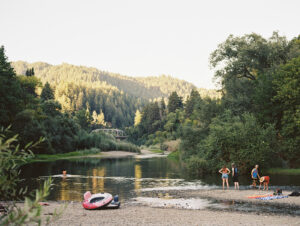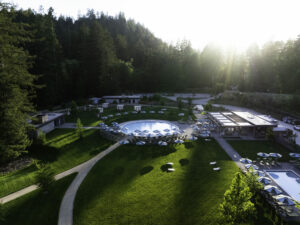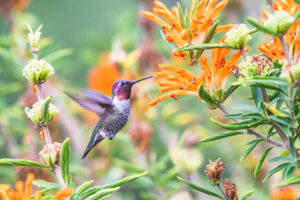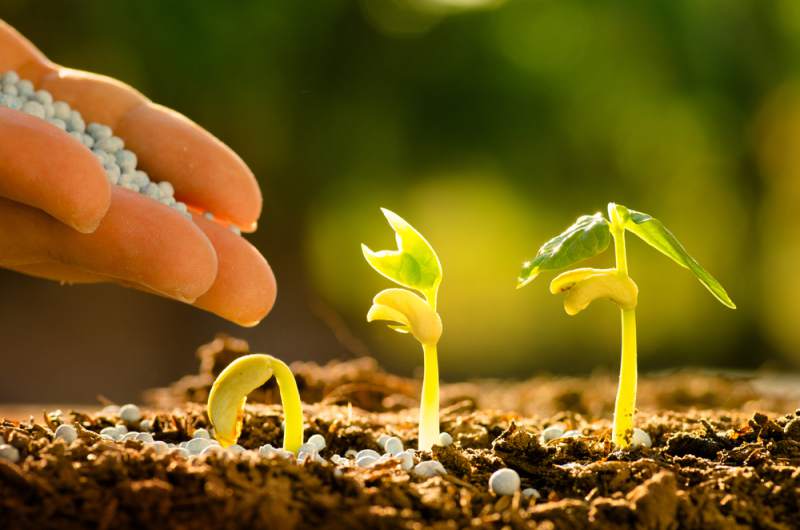Written by Meg McConahey for The Press Democrat.
With spring inching closer gardeners may be feeling the itch to start planting. But there is still a chance that frosty nights could damage or kill your new plants or seedlings. There are some things that can be planted safely. But for most of your spring planting, suppress your urge to start growing. In Sonoma County, the typical end date for frost danger is April 15. Some years it can be even later. Focus instead, on more pressing chores. Many are not glamorous but you’ll be rewarded with a happier and healthier garden later this spring.
– Pull Weeds. Unwelcome plant invaders will compete with the plants you really invited into your garden. Weeds can crowd out other plants and grab up important nutrients and moisture – not to mention making your garden beds look messy and untended. Avoid chemicals and instead pull weeds by hand. It will give you a good workout. And by getting them early before they drop seed, you’ll head off a worst invasion.
– Love your dandelions. These little yellow flowers that appear in March have long been demonized. But they actually are edible and filled with vitamins and antioxidants. Herbalists have used dandelions to treat skin conditions, asthma, low blood pressure, poor circulation, ulcers, constipation, colds and hot flashes. But they are also good for bees, butterflies and birds, who go for the seed. Dandelions provide some of the first food of the season for pollinators so let them be.
– Take gentle arms against pests. Attack slugs and snails with the non-toxic Sluggo. For aphids use an insecticidal soap or simply spray with water. Although aphids usually come out when it’s warmer, an unexpected spike in March temperatures could bring them on. So be alert.
– The best gardeners know that it all starts in the dirt. It’s the essential foundation to a healthy garden so give your soil a little love by adding compost. Compost improves the structure and texture of the soil, making it easier to retain nutrients, moisture, and air.
– Fertilize. Many plants are just waking up from their winter dormancy. And they’re hungry. Feed your roses their first meal of the season at the first sign of bud break and then every month thereafter through the growing season. Other perennials will also take off with a good breakfast, so to speak. You should also fertilize azaleas, camellias and rhododendrons after they have bloomed in winter and early spring.
– Mulch. A top layer of several inches of mulch will keep down the weeds and help retain moisture in the soil as it heats up. Want to know what to do with your Press Democrat after you have read it? A few layers of newspaper — no colored photos please — topped with a layer of mulch, will kill off any unwanted weeds. The newspaper and the dead weeds beneath it will decompose into compost to enrich your soil further.
So what can you plant now?
– Cooler season crops like spinach, radishes, turnips, beets, peas, carrots, cilantro, Asian greens and potatoes can be sewn by seed directly into the soil now. Lettuce, leeks, onions, brassicas, peas and Asian greens can be transplanted from starts.
– This is also an ideal time to plan ahead by planting summer-blooming bulbs now like gladiolus, agapanthus, watsonia, dahlias, calls, amaryllis, summer hyacinths and lilies.
– Prune your summer-flowering shrubs such as crape myrtles.
– Inspect your irrigation system, and repair any leaks and repair or replace broken emitters and sprayers.
Compiled with information from iGrowSonoma and the Sonoma and Marin County Master Gardeners.
You can reach Staff Writer Meg McConahey at meg.mcconahey@pressdemocrat.com or 521-5204.










